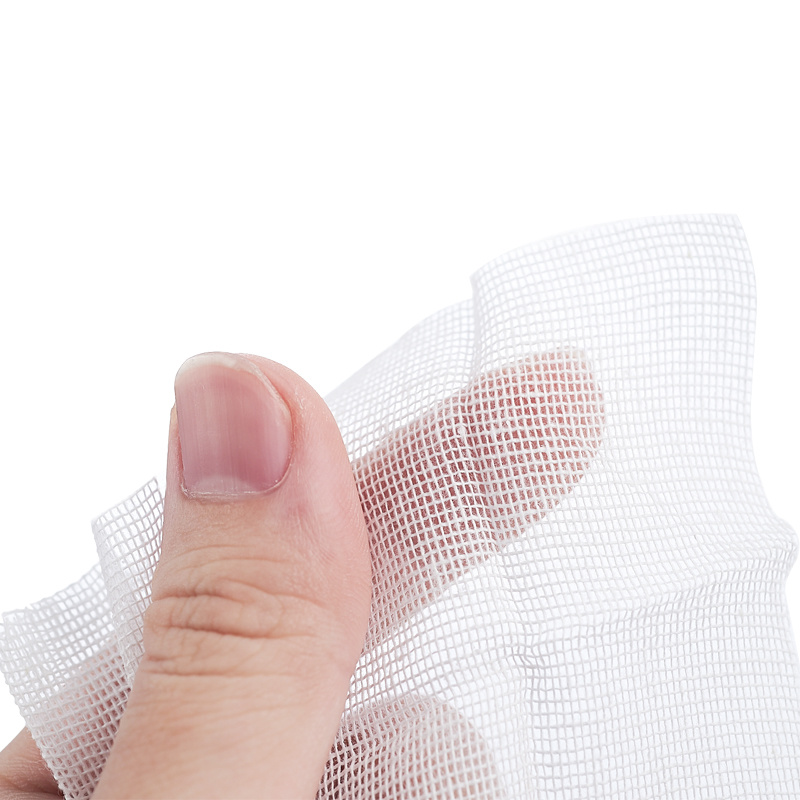The Cost-Effectiveness of Using Gauze Pads for Wound Care: A Comprehensive Guide
In the realm of **wound care**, gauze pads have stood the test of time as a reliable and cost-effective solution. Gauze, a lightweight and highly absorbent fabric, has been utilized in medical settings for decades. This article explores the **cost-effectiveness** of gauze pads, emphasizing their benefits, applications, and overall value in various healthcare settings.

Why Choose Gauze Pads for Wound Care?
Gauze pads are widely used in wound management due to several key factors that underline their effectiveness and cost efficiency:
High Absorbency
Gauze pads are designed to absorb exudate from wounds, which is crucial for preventing infections and promoting healing. The absorbent nature of gauze ensures that moisture is effectively managed, reducing the risk of complications.
Breathability
Another significant advantage of gauze is its breathability. Unlike some modern dressings that can trap moisture, gauze allows air to circulate around the wound, facilitating the healing process and reducing the likelihood of maceration.
Versatility
Gauze pads can be adapted to a wide range of wound types, including:
- **Surgical wounds**
- **Burns**
- **Chronic ulcers**
- **Traumatic injuries**
Their versatility makes them a staple in many healthcare environments.
Cost Analysis: Evaluating the Economic Benefits of Gauze Pads
When considering wound care options, it is essential to evaluate the economic implications of various dressing types. Gauze pads often present a more cost-effective solution compared to advanced dressings.
Initial Costs vs. Long-Term Savings
At first glance, advanced wound dressings may appear more effective due to their specialized properties. However, gauze pads are generally less expensive. Over time, the cumulative costs associated with advanced dressings can far exceed those of gauze pads, especially when one factors in the frequency of dressing changes and the need for additional products.
Reducing Healthcare Expenses
Using gauze pads can significantly reduce overall healthcare costs by:
- Minimizing the frequency of dressing changes due to excellent exudate management
- Decreasing the need for additional treatment for infection control
- Lowering the incidence of complications that require more extensive medical intervention
Practical Applications of Gauze Pads in Wound Management
Gauze pads are employed in numerous clinical settings. Here are some common applications:
Post-Operative Care
After surgical procedures, gauze pads are essential for **post-operative wound care**. They provide a protective barrier while absorbing any drainage, which is vital for preventing infection.
Chronic Wound Management
For patients suffering from chronic wounds, such as diabetic ulcers or pressure sores, gauze pads are an excellent choice. Their ability to manage moisture while remaining gentle on the skin promotes healing and comfort.
Emergency Care
In emergency situations, gauze pads serve as a quick solution for controlling bleeding and protecting wounds from contamination. Their easy accessibility and adaptability make them invaluable in urgent care settings.
Comparative Effectiveness: Gauze Pads vs. Advanced Dressings
While advanced dressings have their place, gauze pads often outperform them in several categories:
Ease of Use
Gauze pads are easy to apply and can be secured with various types of tape or bandages. This simplicity allows for quicker treatment times, particularly in emergency scenarios.
Patient Comfort
Patients frequently report that gauze pads provide a more comfortable experience compared to adhesive dressings, which can irritate the skin. This comfort can enhance patient satisfaction and compliance with treatment protocols.
Environmental Considerations: The Sustainability of Gauze Pads
Sustainability is an increasingly important consideration in healthcare. Gauze pads, often made from natural fibers, can be more environmentally friendly compared to synthetic alternatives. Choosing sustainable wound care options can contribute to a healthcare facility's commitment to eco-friendly practices.
Reducing Waste
The durability and reusability of gauze pads can lead to less waste, particularly when used in conjunction with proper sterilization techniques. This is an essential factor for healthcare providers looking to minimize their ecological footprint.
FAQs about Gauze Pads and Their Cost-Effectiveness
1. What types of wounds can be treated with gauze pads?
Gauze pads are suitable for various wounds, including surgical incisions, burns, abrasions, and chronic ulcers.
2. How often should gauze pads be changed?
The frequency of dressing changes depends on the wound's exudate levels. Generally, it is advisable to change gauze pads when they become saturated or at least every 24 to 48 hours.
3. Are gauze pads sterile?
Most commercially available gauze pads are sterile and packaged to maintain their sterility until opened. Non-sterile options are also available for general use.
4. Can gauze pads be used on infected wounds?
Yes, gauze pads can be used on infected wounds, but they should be combined with appropriate antiseptic treatments and monitored closely.
5. What are the best practices for applying gauze pads?
To ensure optimal effectiveness, always clean the wound thoroughly before application, use sterile pads, and secure them without applying excessive pressure.
Conclusion: The Advantages of Gauze Pads for Wound Care

评论
发表评论